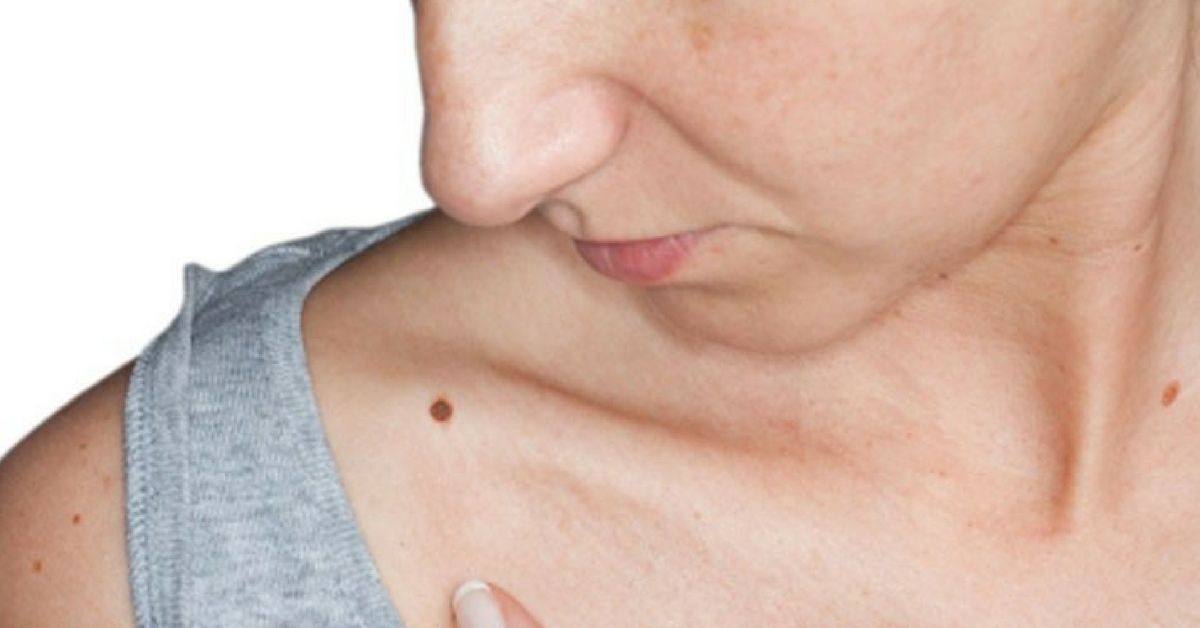According to the American Cancer Society, skin cancer is the most common form of cancer in the United States with more than 5.4 million new cases each year.
Despite the startling statistic, it's a relief to know that most skin cancers are highly curable, and most importantly, they're preventable.
If you're someone who spends a lot of time outdoors, uses tanning beds, has a lot of moles, or a family history of skin cancer, it's not only important to take precautions, it's also highly recommended that you do self-checks all over your body.
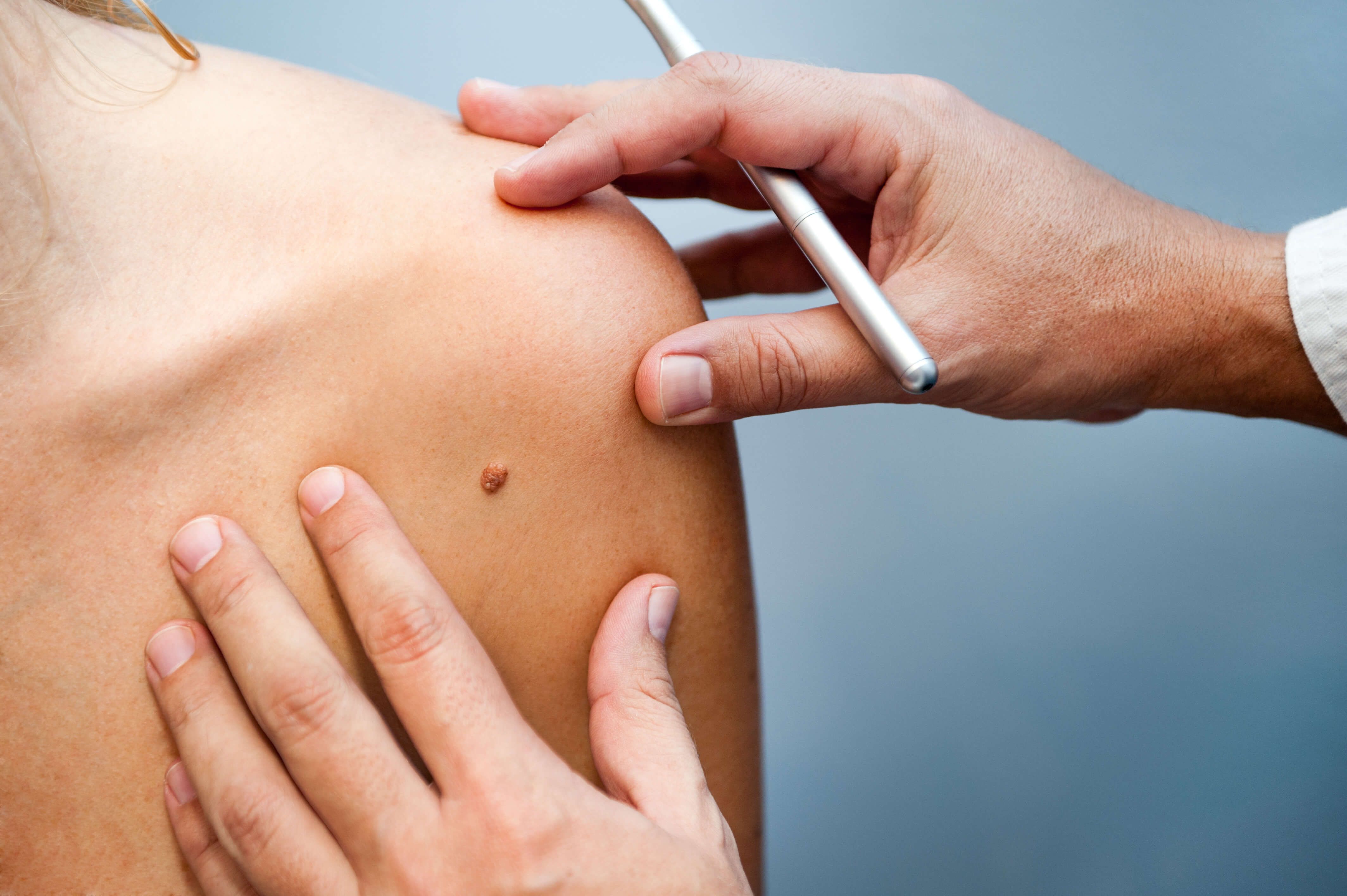
More than 40% of melanomas are found through self-examinations, so it's crucial to make it part of your routine.
"We recommend performing monthly skin exams so any new or changing lesions can be detected early," surgical and cosmetic dermatologist Adele Haimovic, MD tells Reader's Digest. He adds, "Making a note in a journal is a great idea, and taking pictures are even better! It's always easy to reference a phone picture and then there is little question if it has changed."
However, many of us haven't been thorough when checking our bodies for skin cancer because there are areas on your bodies that we tend to forget.
Here are eight spots on your body that you should stop ignoring from now on:
1. Eyes

To many people's surprise, the eyelids are one of the most common spots for nonmelanoma skin cancers.
The Skin Care Foundation reports that 44% of these types of cancers occur on the lower eyelid, while 19% appear on the inner part of the lid.
You should go see a doctor if you have bumps that won't go away or bleed, red or swollen lids, sudden loss of eyelashes, or pigmented lesions with irregular growth.
2. Mouth
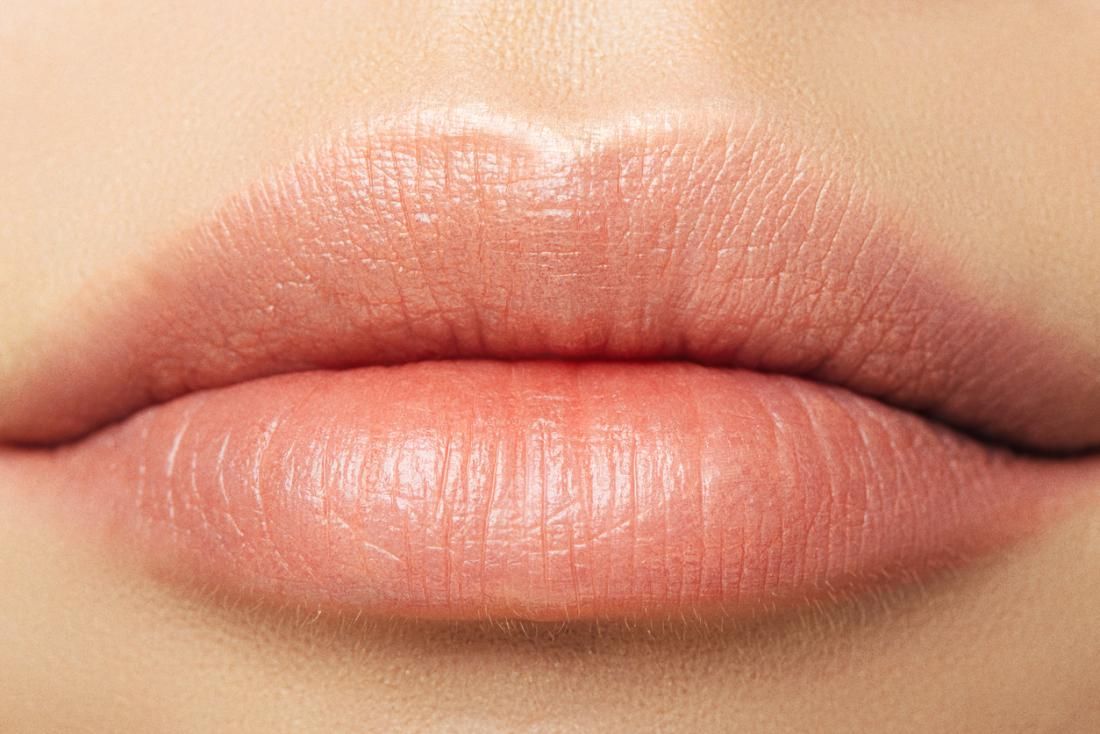
The mouth, including the lips and inside your cheeks, are often overlooked during self-examinations, even though they're susceptible to skin cancer.
Check under your tongue, the roof of your mouth, and inside your cheeks to make sure they're clear. If you have dark red or white patches in your mouth or what appears to be a canker sore for longer than three weeks, have it looked by a doctor.
If you're a smoker or heavy drinker, you have a higher chance of getting skin cancer in this area, so pay extra attention to your mouth when performing a check.
3. Feet
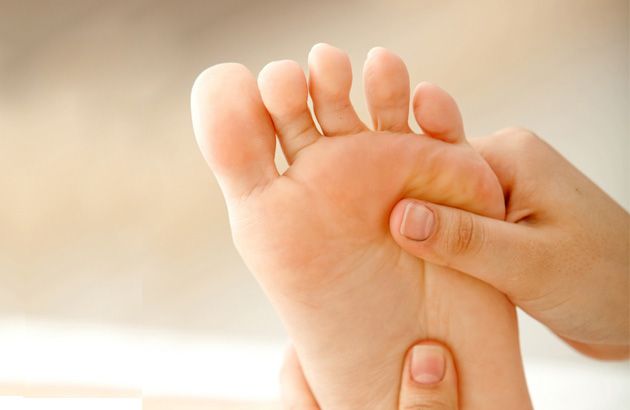
The top of your feet shouldn't be the only spots you look for signs of skin cancer.
Make sure to look in between your toes, and watch out for pink scaly marks or spots that won't heal fast.
It's not common, but non-melanoma cancer can also occur at the bottom of your feet. Keep an eye out for bumps, sores, scaly red patched, or wart-like growths that bleed.
You should take note of any new brown or black spots, but keep in mind that melanomas aren't always pigmented. This is especially important if you're a person of color because darker skin is at a higher risk for acral lentiginous melanoma, a very dangerous form of skin cancer.
4. Genitals

If you're a person who enjoys spending time outdoors or use tanning beds in the nude, you should definitely be checking your genitals for skin cancer.
Melanomas may not necessarily start in the nether regions, but they can certainly spread to the area.
Use a handheld mirror to properly check for changes in the skin, including lumps, bumps, and moles with irregular shapes.
5. Scalp

Your scalp is one of the hardest areas to examine for skin cancer, but you can ask your partner, a friend, or your hair stylist to look for irregularities.
"Look for raised lesions with multiple colors or bleeding. Take advantage of the time when you are drying your hair with a hairdryer," says Steven Wang, MD, dermatologist and founder of Dr. Wang Herbal Skincare.
Focus on the top of your head, and areas where hair is thinning or parting.
6. Ears
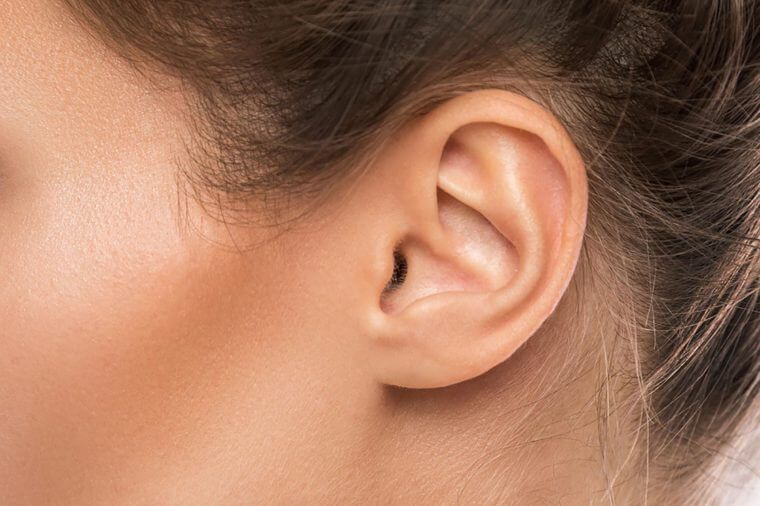
The earlobe can be easily examined, but it's the curves and crannies of the outer ear that many ignore.
According to News Medical, cancer cells could grow in any of the three parts of the external ear, including the auricle, the ear canal, and the outer layer of the ear drum.
In addition to discolorations and spots, look for raised legions that bleed or have different colors.
7. Nails
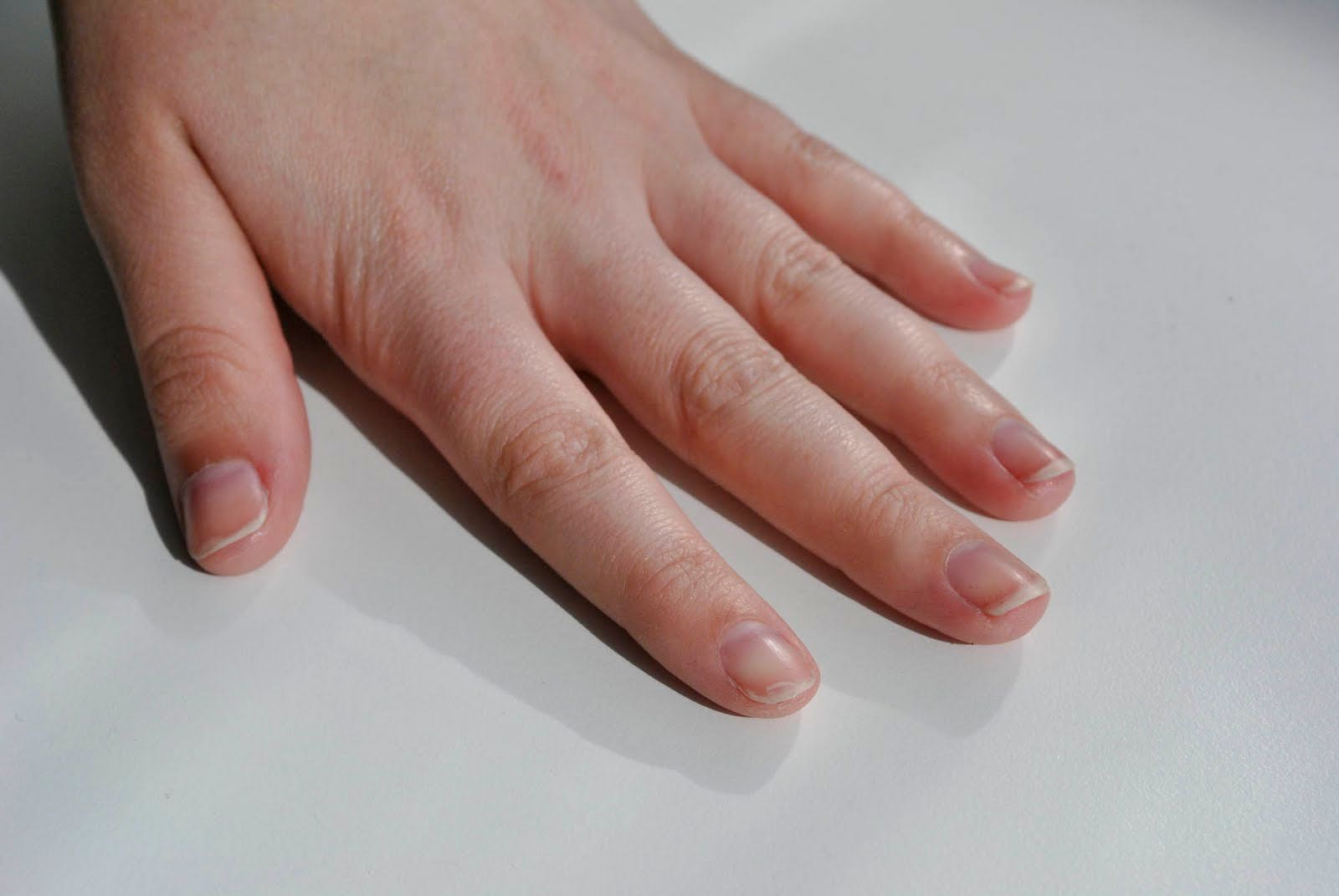
Sure, nail discoloration does occur, but that doesn't mean you should overlook them.
For your monthly check, remove any polish and look for dark lines on your nails, discoloration of the skin around the nail, and bruise-like spots.
In 2017, an aesthetician may have saved her client's life when she pointed out that a black streak running down the middle of one of her nails could be skin cancer.
"This is melanoma!!! I did not want to frighten her but I told her she needed to see her doctor immediately!" Jean Skinner wrote in a Facebook post. "She called me today to tell me that yes it was a very aggressive melanoma that has already spread to her lymph nodes!! Her prognosis is not good![sic.]"
8. Breasts

Experts recommended performing a self-check for lumps and bumps in your breast for breast cancer, but you should also be looking for signs of skin cancer.
You should examine under your boobs for discolorations, new or changing moles, and scaly bumps.
Do you regularly do a self-exam for signs of skin cancer on your body? Let us know in the comments!
